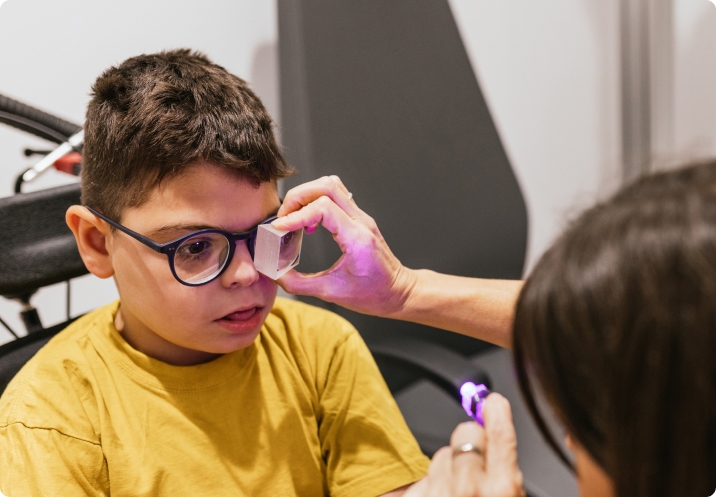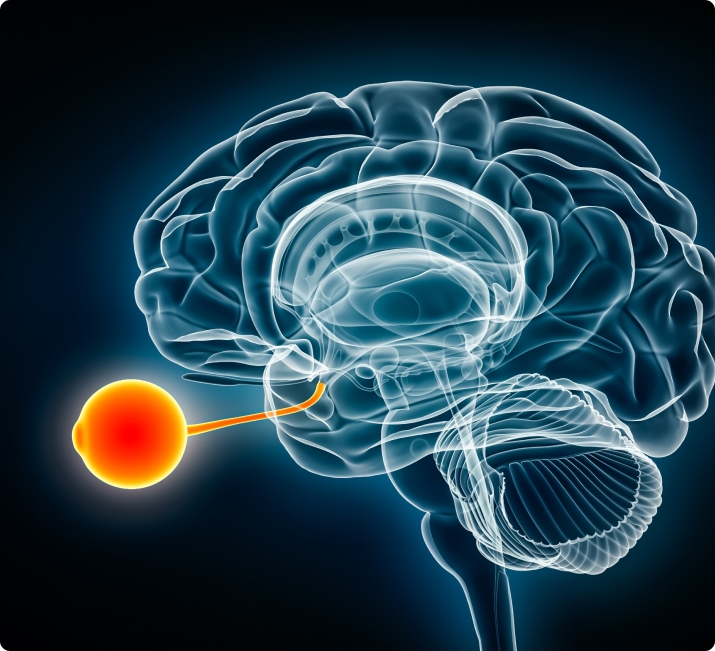Cerebral Visual Impairment (CVI)
- React slowly to visual cues?
- Have a particular colour preference?
- Struggle to recognise faces and objects?
- Prefer to look at moving than static objects?
- Like to gaze at lights?
Appointment
Let our paediatric ophthalmologist perform a functional vision assessment to ascertain if your child is with cerebral visual impairment (CVI).
Customised vision therapy and recommendations for accommodations can be made to improve his or her vision function and visual engagement with the environment.
With early and appropriate intervention, the visual characteristics and needs of your child are addressed and supported, leading to increased visual capabilities.
Ophthalmologist Dr Leo Seo Wei is an eye doctor in Singapore with over two decades of experience managing adult and paediatric cerebral visual impairment (CVI) effectively. Though most common in babies and young children, CVI can continue into adulthood.
Armed with modern medical technology, our dedicated team of eye care professionals is skilled in evaluating CVI with a combination of clinical and behavioural assessments in both adults and children, even preverbal little ones.


Based on characteristics displayed by the individual, customised CVI vision therapy sessions support progress in visual function and skills.
By providing appropriate education and training, we can help parents and care givers better understand CVI and navigate daily life challenges to enhance quality of life.
To ensure effective care for each individual with CVI, ongoing support and monitoring can address changes in visual function over time, and adjust rehabilitation strategies as needed.

CVI is a result of any condition that damages the visual areas of the brain, such as: brain damage from prematurity, stroke, decreased blood supply, decreased oxygenation, brain malformation or infection, hydrocephalus (increased pressure in the brain), seizure, metabolic disease, infection, head trauma and other neurologic disorders.
When the eye captures a normal image of an object and sends the message to the brain, the abnormal brain function fails to understand and process the visual information properly.
Depending on the visual centres or association areas affected, damage to the posterior visual pathways results in characteristic visual behaviours. Damage to the optic tracts and radiations can lead to abnormalities of the visual field (blind spots).
Yes. Some children with CVI may also experience corelated visual disorders, such as structural eye disease, strabismus, or myopia. By treating these associated conditions with prescribed glasses or eye muscle surgery, it can help maximise visual function.
Collaboration and communication are vital for effective assessment of your child with CVI. It is recommended that parents or caregivers keep track of specific problems or changes, as well as observations, for discussion during each consultation.
A paediatric ophthalmologist can assess the eyes to determine their health and identify any abnormalities that may be affecting vision. The paediatric eye specialist can also diagnose and treat other related visual disorders that may further impact vision.

